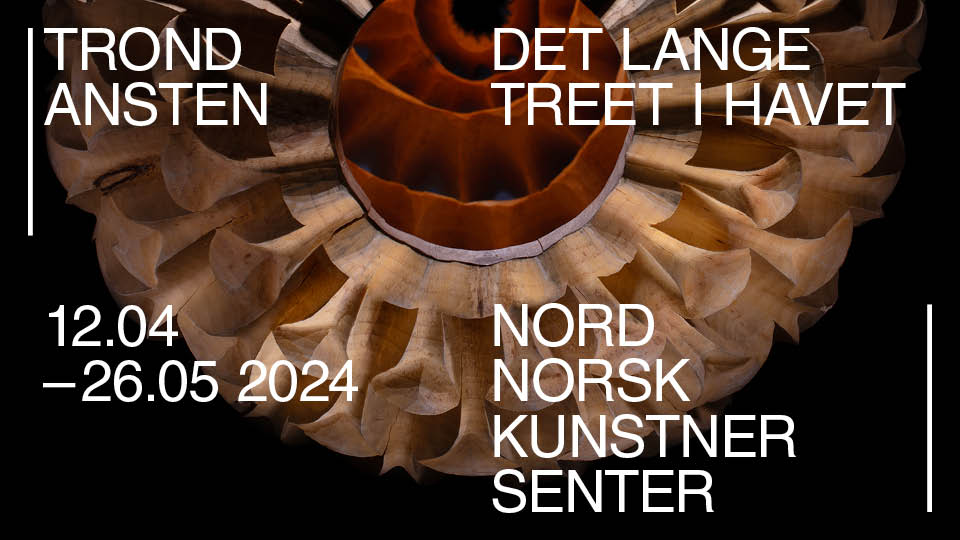
In Norway, women’s organisations have proclaimed that this year’s 8 March celebration of International Women’s Day will be the largest ever, mobilising protests against the right-wing government and recent threats against abortion rights. In January, when establishing a majority government consisting of the Conservative Party (H), the Progress Party (FrP), the Liberal Party (V), and the Christian Democrats (KrF), Prime Minister Erna Solberg (H) met with indignation after allowing abortion rights to be bargained with during the negotiations. In addition to the political demonstrations, there will also be several cultural happenings tonight, some related to visual arts. At Khartoum Contemporary, an artist-driven bar and gallery in Oslo, roughly twenty young and emerging female artists will participate in a Women’s day celebration line-upwith readings, performances, screenings, and music to “celebrate women all across the planet earth.” Also noteworthy is the film program at Vega Scene in Oslo, where the Kurdish-Norwegian artist Shwan Dler Qaradaki will present his short film To My Children (2017), followed by a discussion with fellow artist Esther Maria Bjørneboe on violence against women and the role of gender in war.

Affirmative action
Among the happenings on 8 March in Denmark is the international conference She is no gentle lamb in the cave of the werewolf: Women artists in Scandinavia, 1900-1960 at The National Gallery. Albeit not explicitly presented as an International Women’s Day event, the conference is held in conjunction with the largest ever showcase of the work of the pioneering Danish artist Sonja Ferlov Mancoba (1911-1984), and its keynote speaker is the renowned feminist art historian Griselda Pollock. The Workers Museum in Copenhagen celebrates the day with a sold-out event about the Marxist theorist and activist Rosa Luxemburg. The Danish-German artist Ursula Reuter Christiansen will speak about Luxemburg’s role, both as an inspiration and as a character, in her work. Also in Copenhagen, a group exhibition titled 8. MARTS, organised by the art consultancy/gallery Collaborations by Tania and Thomas Asbæk, presents works by eleven young female artists; among them are highly profiled artists like Lea Porsager, Lea Guldditte Hestelund, and Astrid Myntekær. In the invitation, the curators somewhat indignantly acknowledge that women are still strongly underrepresented in museums and galleries, and that consequently, they decided “to use one of the strategies that actually works”, “affirmative action”.

A struggle for women and queers
In Sweden, International Women’s Day will inaugurate several exhibitions with a feminist perspective. Galleri Monitor, the student gallery of Valand Academy in Gothenburg, will be taken over by Elin Hjerthén and Yasmine Pannblom’s Vi är här (We are here), an exhibition described as “made by queers, for queers” and “part of a struggle for women and queers.” The exhibition includes a lesbian manifesto, seeking to redefine lesbian sexuality as fleeting and changeable, and there will be a concert by Queerorkestern (The Queer Orchestra) at the opening. At the Stockholm Art Academy, the group exhibition Ottilia Adelborg Revisited, curated by Sara Rossling, shows work by six contemporary artists in dialogue with Ottilia Adelborg (1855-1936), the artist, writer, and pioneer of illustrated children’s books who, as a student at the Art Academy in 1878–82, was among the few women of her time to receive higher education. The Swedish art magazine Paletten will release its new issue, Kärlek och hat (Love and hate) in connection with the exhibition opening, and will simultaneously host a debate at the Museum of Women’s History in Stockholm.

A new masters program in curating and art criticism
According to Espen Johnsen, professor in art history at the University of Oslo, universities and museums have drifted apart during recent decades. In order to bridge the gap, Johnsen has been central in developing a new masters program in art history: Curating, Art Criticism and the Cultural Heritage of Modernism. The new program will admit twelve students this autumn. “We want to give the students an introduction to reflect on art institutions, curating, criticism, and conservation – fields that have been professionalised in the 21st century,” Johnsen told Kunstkritikk, while underlining that the program will still emphasise the knowledge and theory of art history and in-depth understanding of artworks. In contrast to educational programs that are more focused on contemporary art, where students may have more direct contact with artists, the new program in Oslo will focus on the curatorial tradition of art history exhibitions. Johnsen argues that critical distance is important for research, and says that he would like to see more research-based exhibitions in the museums in Norway. Read the story in Norwegian here.

Three nominees for Art Critics’ Prize
This week, the Norwegian Critics’ Association announced the nominations for its 2019 Art Critics’ Prize. The three exhibitions nominated for the most significant art project of the past year are: the group exhibition Rivers of Emotion, Bodies of Ore at Kunsthall Trondheim, curated by Lisa Rosendahl, for “posing central and critical questions around materials and resources under pressure, and underlining art’s potential for producing political meaning”; Nora Turato’s solo show Pool 2at the Young Artists’ Society (UKS) in Oslo, curated by Rhea Dall, for “a generous and experimental approach to performance art”; and the exhibition program Munchmuseet on the Move 2016–2019,curated by Nathalie O’Donnell, for “establishing collaborations between artists, institutions and venues, activating a large part of the city and exposing a potentially large public for a multitude of artistic expressions”. The winner will be chosen in a referendum of all art critics organised in the Critics’ Association.
















